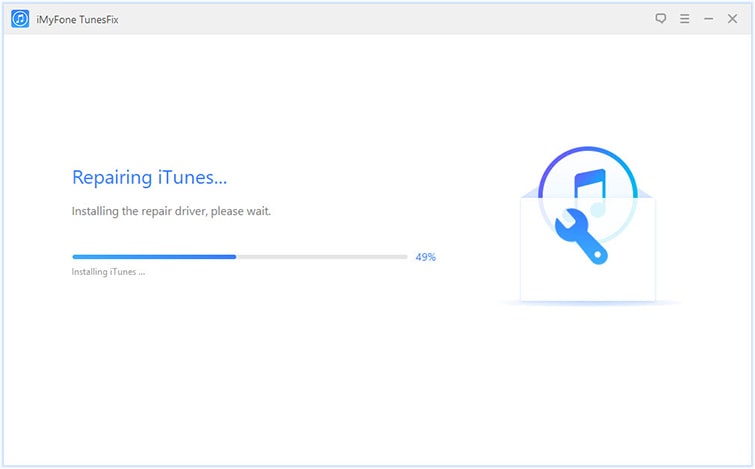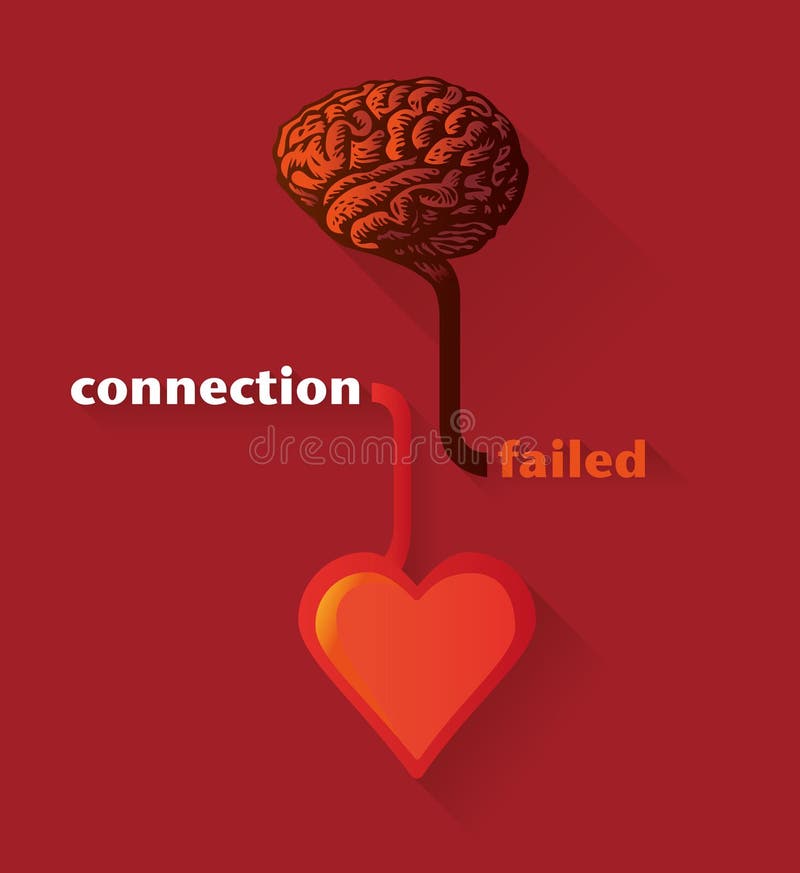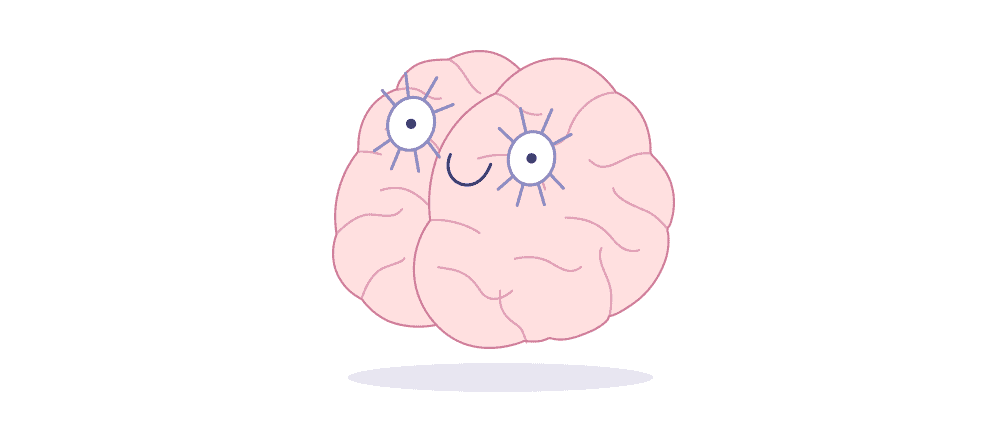


That library includes two fast-paced BBC television series, Sherlock and Merlin. His tools include functional magnetic resonance imaging (fMRI), which tracks how activity in different brain regions changes in response to stimuli, spoken stories, and a collection of movies and TV episodes.

Hasson is digging into the big questions of how we exchange ideas, thoughts, and memories with others - and, at a more fundamental level, how the mind works. (Dancing, clicking, and coupling aside, he’s referring to all effective communication, not necessarily the romantic kind.) Hasson calls the outcome of this process brain coupling, and the stronger the coupling - the more aligned the speaker-to-listener brain patterns - the better the mutual understanding. Hasson’s research, which uses the tools of modern neuroscience in experiments that mimic real life, points to the idea that communication is really “a single act performed by two brains.” A speaker’s brain waves generate a sound wave - speech - that in turn influences the brain responses in the listener and brings them into alignment with her own.

“You know when you click with someone,” says Hasson: It’s sort of like dancing with a partner neither person is doing exactly what the other is, but the moves are complementary. Specifically, he researches what’s happening when ideas are effectively transferred between brains during verbal communication. You know how you sometimes have a truly great conversation - when there’s a mutual understanding and the discussion just flows? Uri Hasson, a Princeton professor of psychology and neuroscience, is studying the mechanics behind conversations like that.


 0 kommentar(er)
0 kommentar(er)
